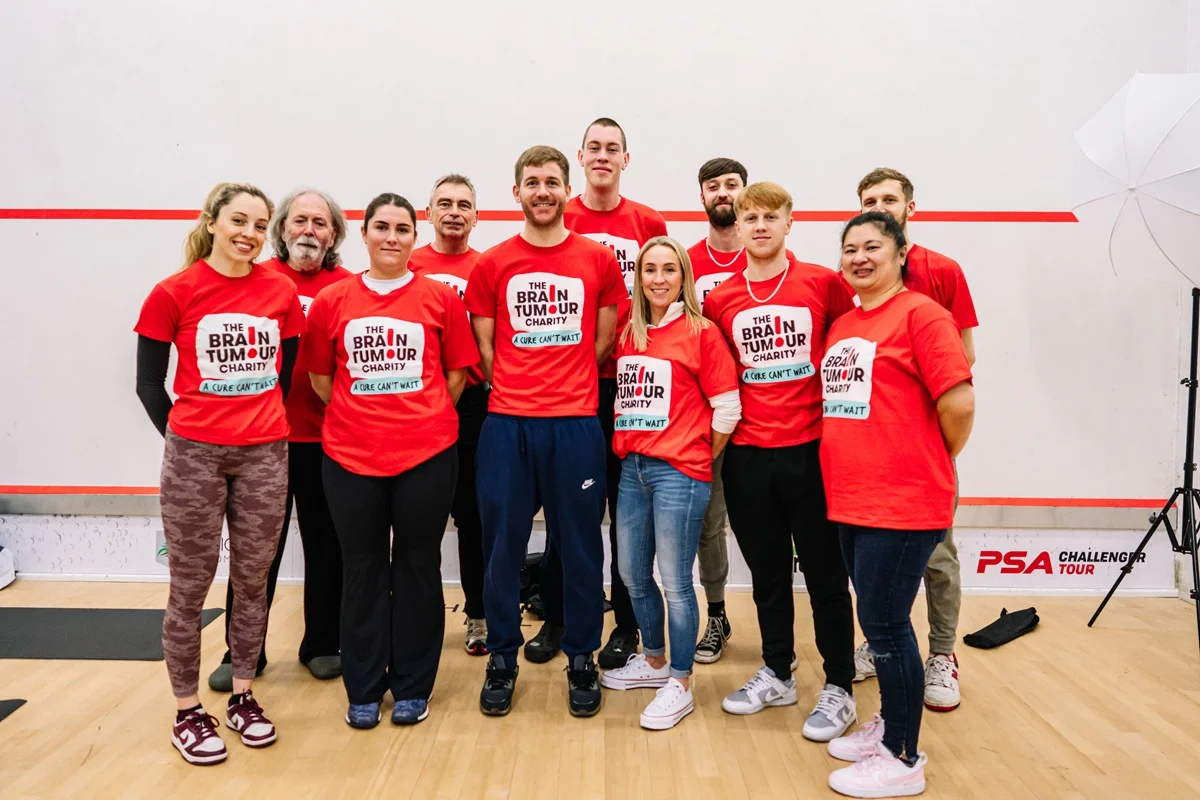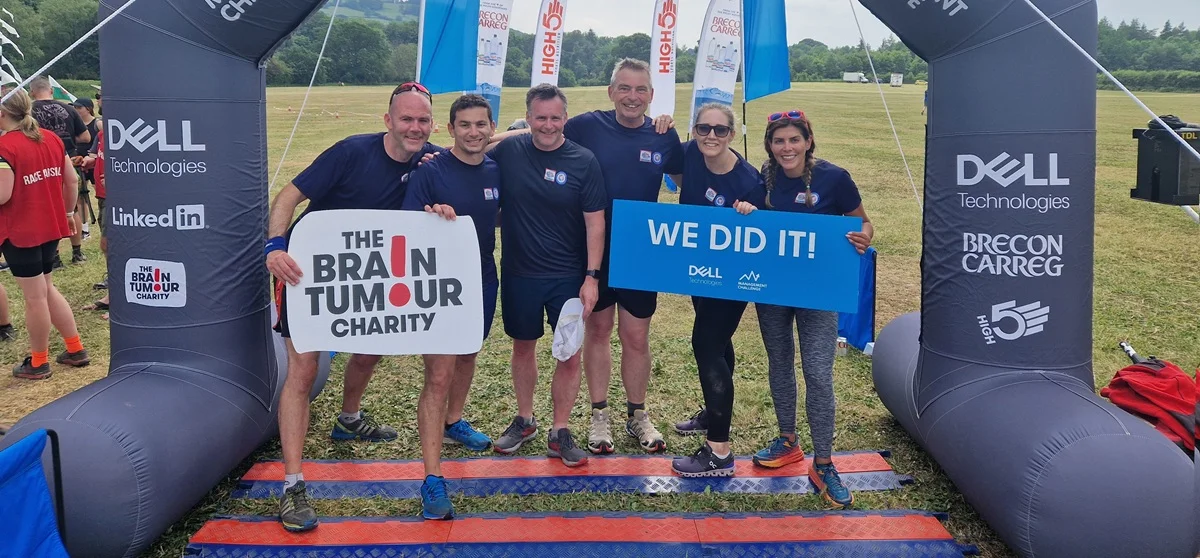I have been fundraising off and on since I was nine years old. (That’s 52 years for those who do not know me!).
I have done sponsored walks, runs, rides, triathlons and diets, numerous Great North Runs and other “organised” events. I have done these for a number of local community charities as well as cancer and hospice-based charities.
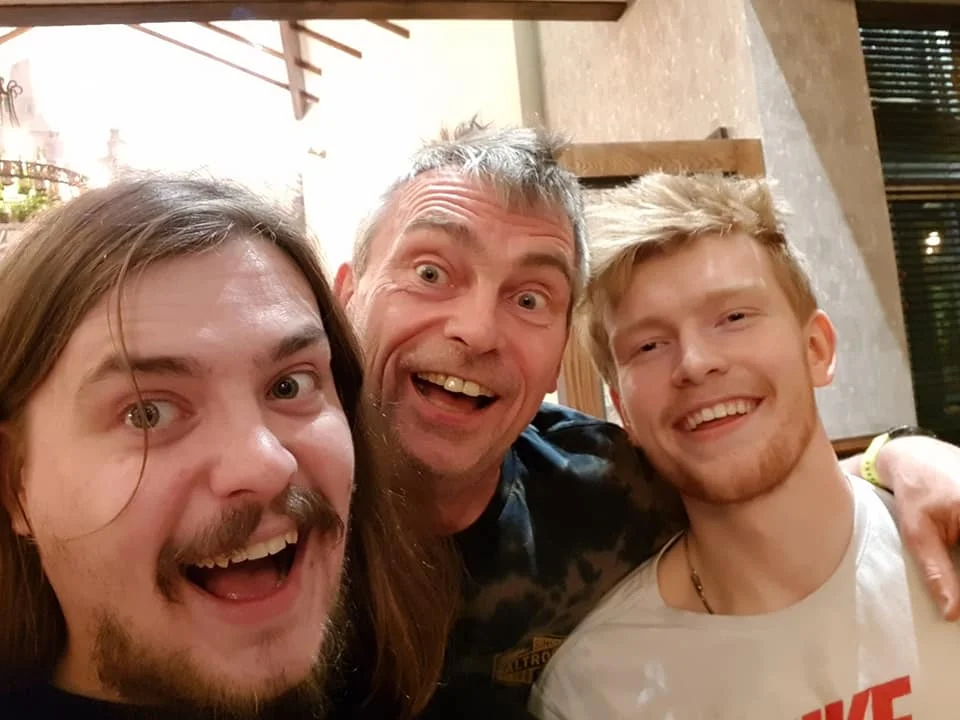
Five years ago, we lost our son, Joe, to a brain tumour so in the intervening years I have spent most of my fundraising time working with The Brain Tumour Charity and, specifically, raising funds for Northern Joe’s Fund which we set up as a supporter group within the charity in 2020.
So, has fundraising really changed much in the last 50 years? Even with thousands more events every year, the advent of things like the internet, JustGiving and similar support platforms and the rise in the number of charities, there are around 170,000 registered in the UK today, I would argue the basic principles are the same.
I did my first fundraising event in the early 1970’s in an annual event called “Bob a job week” (even though it was changed to Scout Job Week post decimalisation, most people still used the old name). As a Cub and then a Scout we would spent a week each year knocking on doors in our local area and doing odd jobs for cash to raise funds for the Scout Troop . Usually taking place during the April half term week this started in the late 1940’s and carries on to this day.
The “Bob” in question was an old shilling which is 5p in today’s money and even back in the 1970’s this was not a lot of money, the equivalent of 40p in today’s money. These annual events taught me a few basic things about fundraising which I think still hold today.
Things to remember about fundraising
You sometimes have to knock on a lot of doors before you get a result
Very much like fundraising today it usually started with family and friends and often they would donate money towards your cause because of who you were and not necessarily what you were doing.
Also, like today family and friends were often impacted by the same cause or event that was driving your fundraising and were happy to donate and get your fundraising journey started.
Then, with a little more confidence and some donations under your belt you felt able to get out there and knock on stranger’s doors and ask for donations for the odd jobs. Often you could go two or three streets and find nobody home or nobody wanting to pay money for odd jobs. But eventually somebody would say yes and the more yes’s you got the more confidence you got and the more money it generated.
While today you can still just go and knock on doors and ask for sponsorship for your event or cause it is more likely you will reach out via social media. You will almost certainly have to knock on many social media doors to get the required results which will require some persistence and resilience. Do not be put off if nobody engages immediately, just keep posting and people will engage. Use your friends and family and ask the charity for help as well.

The initial result may not always mirror the effort you put in but it does even out over time
This was an interesting lesson to learn, there were people who took the “Bob” and “job” quite literally and I have spend an entire morning digging a garden or washing cars to be proudly presented with a 5p piece (remember this is now 40p). However, there were also people who really appreciated that you were getting out there and trying to do something for your local community so on occasion you would also get 50p or even a £1 for an hour’s brushing up or a trip to the local shops.
Over time the highs and the lows tended to even out so every day became a good day by the end regardless of how it started out. Completing the task, regardless of the money you received became a source of pride and you knew that the more tasks you completed the more money you raised even if they weren’t directly linked by level of effort.
Once again it would usually start with family and friends and the average payment per job was generally higher from this pool but with perseverance you worked out that there were more strangers out there than family and friends and with volume would come results. The wider the net was cast the better the final result. The important thing was that every penny counts and you never really know just how much people can afford so I am always grateful for any donation.
Have a good story
Bob a Job week raised funds for the Scouting Movement and was partly how the Scout troops, run by volunteers, were funded. While in the Bob a Job week example, people were actually getting something for their money the reality was these were often jobs they would have done themselves and it was really just another way of generating an outcome to achieve a funding goal.
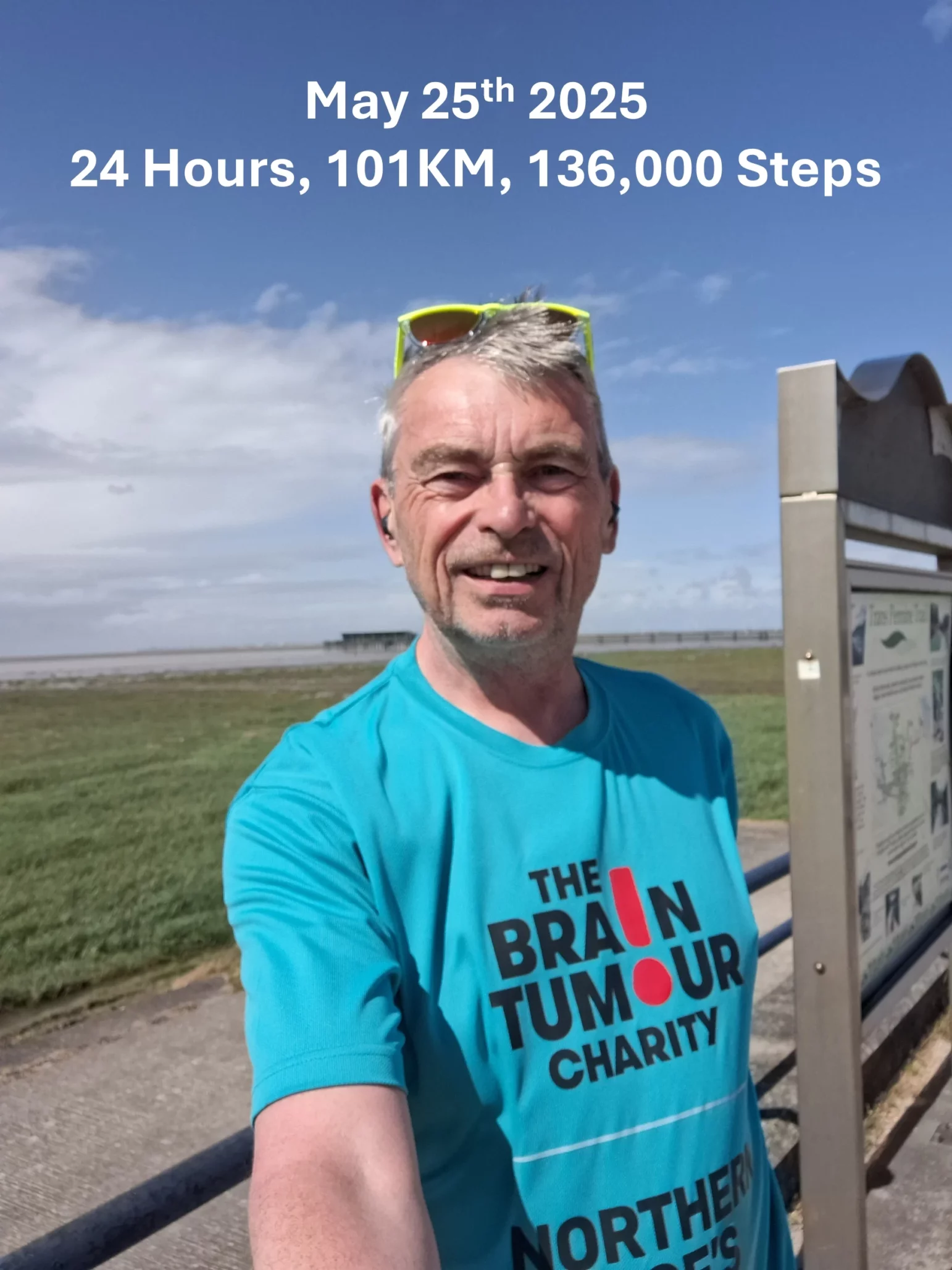
What made a difference was knowing that the money was going to a worthwhile cause. In the 1970s the Scouts was an integral part of the community and people wanted to support it, turning up in your uniform told a story, having an identity as part of the local community also told a story as did being able to explain how the funds were being used. This is no different to fundraising today and better the story the more traction it will get.
Most people who are fundraising are doing so because they have been touched somehow by the cause they are supporting. We lost our son to a brain tumour and while Joe is very much a part of our story it needs to be told in a way that helps people understand how important it is to support the charity and how the work the charity does can help everybody.
Some people find telling their personal stories difficult and I understand this and nobody should feel uncomfortable sharing personal information or details about why they are fundraising. I do know it helps to share a little if you feel able and also that people are genuinely interested in why you are fundraising. I was initially a bit reticent to share but as time has gone on I have found what is for me a happy medium of sharing without oversharing.
What I have also found is that from the perspective of the actual fundraising event you do the further you push yourself outside your comfort zone the more people are likely to donate. This does not mean everyone has to run 10 back-to-back marathons or climb Everest, if people know you are pushing yourself they will appreciate what you are doing. For many people walking 5K is more than they would normally be able to manage and as such doing so for a charity is a real achievement and may well take more effort and courage than somebody else doing an ultra-marathon. You should just do you, this is part of your “story”.
“Show me the money!” – Tell your story well and don’t be afraid to ask
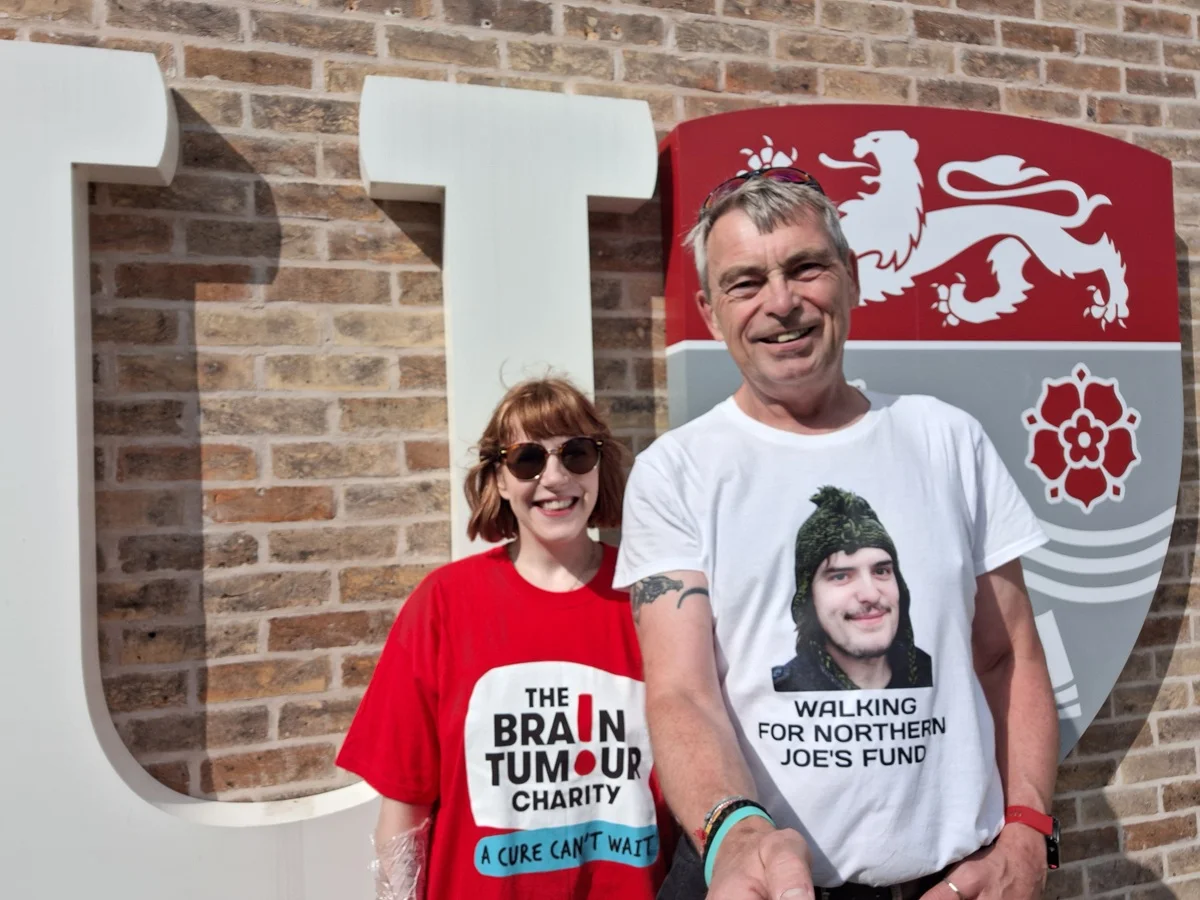
My Cub Scout metaphor is on shaky ground a bit here if I am honest, 9 year olds in Cub Scout uniforms tended to get traction just because they presented well. But we also had a Job Card to fill in which became part of the story and how you told it. The card essentially had a date, the nature of the job and how much was paid for doing it. If you got friends and family on the card first and the first few jobs generated 50p each it became harder to just give 5p. The card also gave an idea of the value of a job so if car cleaning was 30p and lawn mowing 20p in the first few examples that set a trend.
This translates into how you can articulate the story today, most fundraisers have a target in mind and many probably make the first donation themselves or have a close family member of friend do it and it sets an initial bar. It is worth stating how much you want to raise and why as part of your story but also maybe set an expectation “If 100 people donate £10 we will hit our £1,000 target”. Also details like “£350 will pay for a day’s research into xxx” work well.
While I am by no means a social media expert, my personal experience is that pictures really do paint a thousand words and equally a video describes a thousand pictures. When telling my story I can see in the numbers of interactions how many more people interact with a picture that just text and how that increases even more with a short video. So while the content is important, so is how it is presented.
Some fundraising tips
If I was to give my top tips for fundraising based on my own experiences I would say:
- ASK FOR HELP. This is always my number one tip, no matter how much fundraising you have done there is always something new to learn and it is great to have someone to bounce ideas off and occasionally just have a rant at if things are not going to plan. Having a fundraising buddy is so important, the charity has its regional fundraising coordinators who are there to help but you will also be part of a wider community of people just like yourself, ask them for help. Note: I am always available for bounce ideas off or share my experiences, contact details at the bottom.
- Decide what you are going to do and tell everyone you are going to do it as this makes it much harder to not do it. I know doing this makes me work harder on the fundraising and train a bit harder when it is a physical challenge.
- Knock on a lot of doors and go back to them if nobody answers. I was initially reticent to post too much about each event I was doing but I realised that there is just so much on social media platforms that you need to post more regularly to make sure enough people see it. Post it, repost it, ask for reposts, hit multiple platforms if you are on them, tag people in from the charity and key supporters. I think content is important but so is volume.
- Think about your content. As I said above, pictures work well, pictures of the subject of the fundraising if it yourself, a loved one or friend, pictures of you doing it or training for it or preparing it. Videos work well, and you do not have to be in them if you are shy 😊. A video of the cakes for a coffee morning works as does a video of the landscape on your favourite walk. I am not shy so I tend to do walking videos, for example talking to my phone camera while out on a walk in an appropriate charity t-shirt. Explaining where I am and why and what I am raising funds for. Usually about 45 seconds and if I am honest usually after about 10 takes. I also find that if you write too much text people will not get to the bottom but a video and a couple of lines of text may be easier for people to consume.
I hope this is helpful but at the end of the day everybody who gets out there and attempts to raise money for a cause or charity close to their hearts is already a hero in my book so just doing it is a great start.
Plan your own fundraising event!
Feeling inspired to organise your own fundraising event? Our Community Fundraising team will be happy to support!
